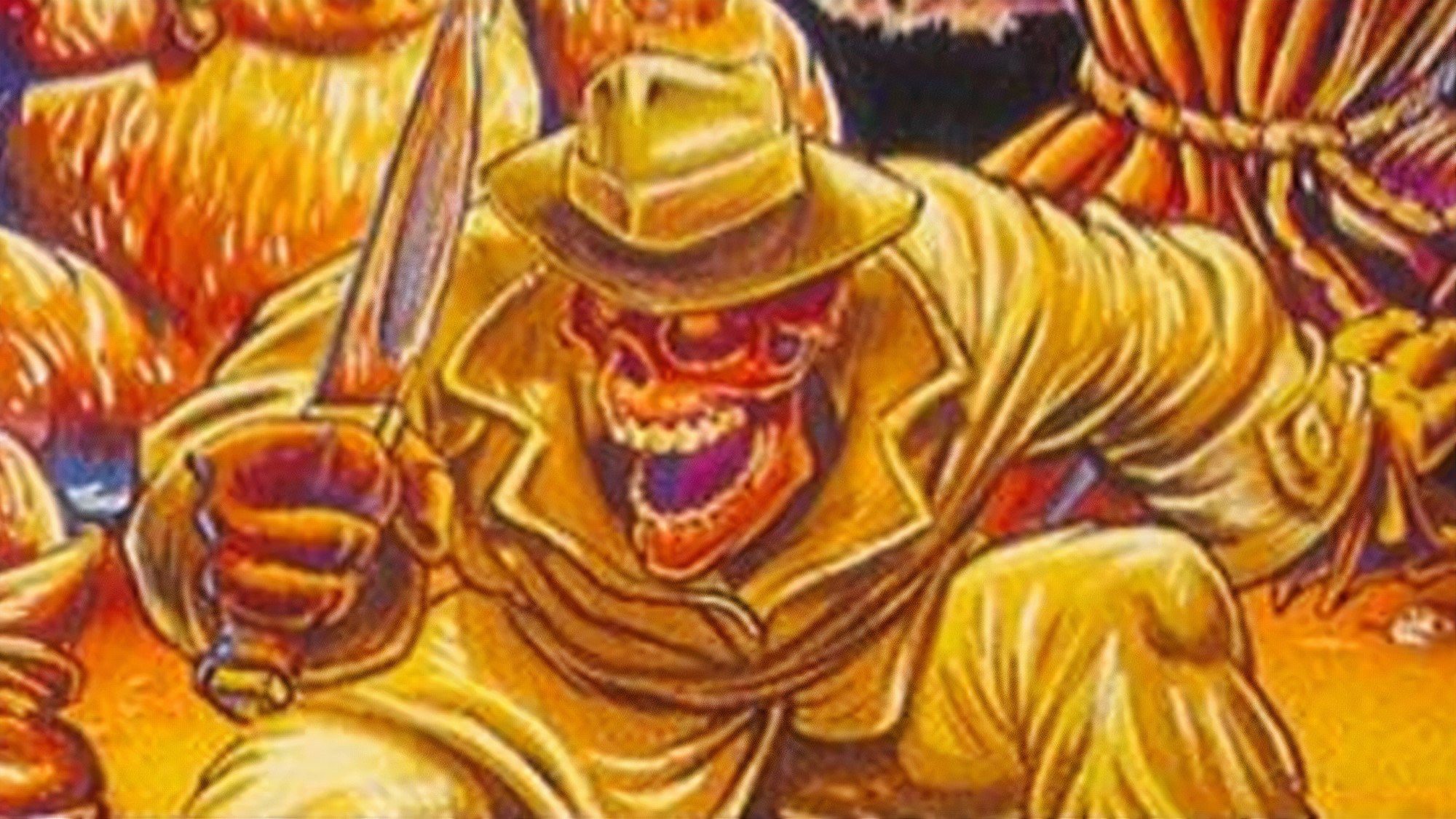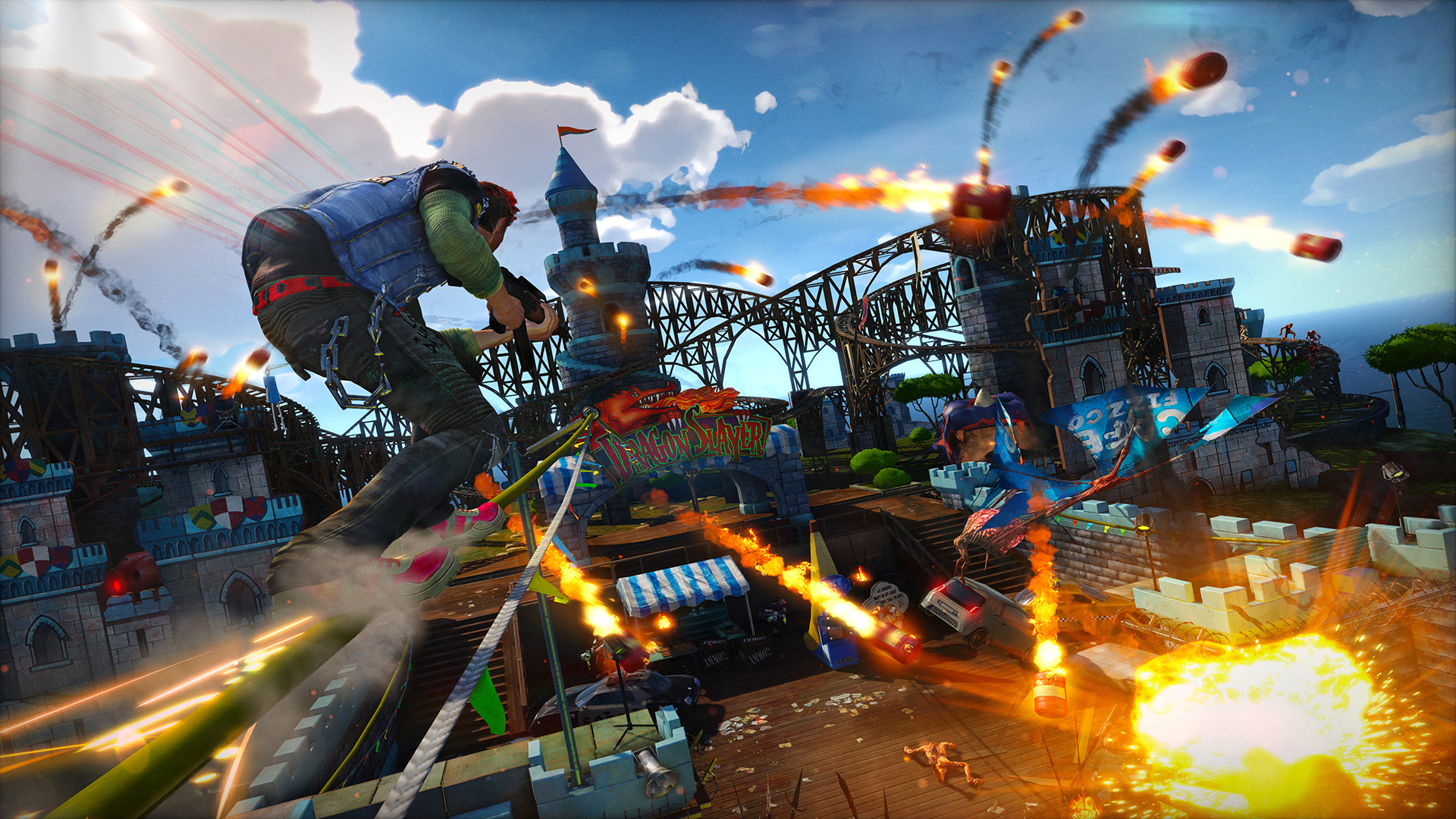
Diablo 4 Review: Unleashing Hell
Blizzard Entertainment has delivered a Diablo that’s good but not great. After years of development troubles, sexual harassment allegations against Activision Blizzard (which resulted in the firing of its game director and lead designer), and reports of crunch just to hit the Summer release, Diablo 4 is finally here. It’s edgy and macabre, but through a live-service filter, with a push towards socializing and monetizing the time many will no doubt sink into the game, chasing the dopamine rush of better loot. A Mixed Bag And, it’s fine. It’s Diablo, for both old gamers and new, and it’s fine. That’s not to say that Diablo 4 is a bad game or not a good game. It’s enjoyable in places, and uneven in others; clear with its artistic vision of humanity struggling to survive amid ruin and forces beyond their control while the plot is already busy setting up the next paid expansion or two (which have been confirmed). The aesthetic will overpower you with its emphasis on blood, gore, corpses and the world’s detritus, looking crisp and organic, and then deliver some low-res textures in cutscenes. Open World Exploration The world is open and vast, with plenty of freedom, with just enough guidance to keep you on track. However, its various elevations are little more than button presses to go up or down automatically while the environments blend together during exploration despite their differing climates and cultures. Detailed Monsters and Memorable Bosses The monsters are incredibly detailed and provide great fodder for your frantic clicking (or button mashing, with controller support feeling quite good), while several bosses offer memorable mechanics and patterns. Meanwhile, you’re doing the same actions at level 50 that you were doing at level 30, with the loot moderately altering your gameplay in some ways and feeling incredibly mid in others. The Storyline Let’s start at the beginning. Several years after the fallout of Reaper of Souls, the world is in bad shape. You’re the Wanderer, simply making their way downtown, moving fast, trying not to freeze to death in the Fractured Peaks of Estuar, the Eastern continent, and encounter Horadrim member Lorath Nair. However, some parts are just weird. Taissa, a central character in Acts 3 and 4, who thanks the Wanderer for saving her, is suddenly in a completely different role in Act 5 and acts aloof for no reason. She does this by unleashing and invoking all kinds of monsters, leaving behind Blood Petals to inspire flashbacks or flash-forwards, depending on the plot’s demands. However, before you can even get close to discerning her true motives, you’ll be running around the world a lot. Lorath leaves for an extended period and isn’t seen again until Act 3. It’s fine since other intriguing characters like Neyrelle and Donan are introduced. The latter is also a member of the Horadrim, and we get a series of “and then,” “therefore,” “but suddenly,” and whatnot to advance the overarching plot. I want to avoid spoilers since there are some decent interactions and character moments, with the voice actors carrying the narrative from moment to moment. Donan’s arc is particularly well done, showcasing his turmoil and conflicts between duty and family, while Neyrelle manages to be fairly sympathetic by the end. I even hoped that gruff ol’ Lorath would have a happy ending someday (having a happy death is an entirely different story, though). However, some parts are just weird. Taissa, a central character in Acts 3 and 4, who thanks the Wanderer for saving her, is suddenly in a completely different role in Act 5 and acts aloof for no reason. The pacing is also very slipshod – Acts 1 and 2 start out promising, while Act 3 is just one long goose chase, and Act 4 culminates almost as quickly as it began. You get a horse before Act 5 begins, which is good. You then get multiple tasks that involve exploring massive areas to find specific objectives, running around aimlessly each time. Combat and Gameplay A note on the horse, which I called Lisa (in my heart, not in-game, but wouldn’t that be cool?): It arrives way too late in the story and feels like it should have more boost charges and higher base movement speed. It also gets stuck on objects too easily with no way to leap over obstacles, and the cooldown is annoying, especially when you sometimes have to get off to kill a crowd of enemies blocking your path. The horse is a good idea, but you’re tearing me apart, Lisa. Of course, the story has always been the entree for an action RPG looter, which you’ll begrudgingly go through each new season. What about combat? I’m happy to report that Diablo 4’s combat feels good. Anyway, back to Act 6, aka Plain Plodding: The Game. Several objectives require you to stick close to your allies. Try to move on ahead, and they’ll stop moving, but go on your own to assail some other objective, and they’ll get by just fine. In one part, I had to go back to town to upgrade and change some gear. When I came back, my allies were frozen. I didn’t stick around long enough to trigger a scene where they activated a bulwark and thus had to reload the segment. Again, there are some genuinely good moments during the campaign, particularly in the conversations between Lorath, Neyrelle and Donan. Some CG cutscenes are stunning, particularly in Act 6 when the climactic battle unfolds. The final boss is probably the best in the game, even if its aftermath renders almost everything moot by focusing on future threats. Otherwise, the same problem that plagues many live-service games occurs here. That you’re not really influencing or driving events but simply a witness to them. The side cast is the main character, and you’re along for the ride. It’s affected many such games through the years but feels pretty jarring, still. Engaging Combat Of course, the story has






